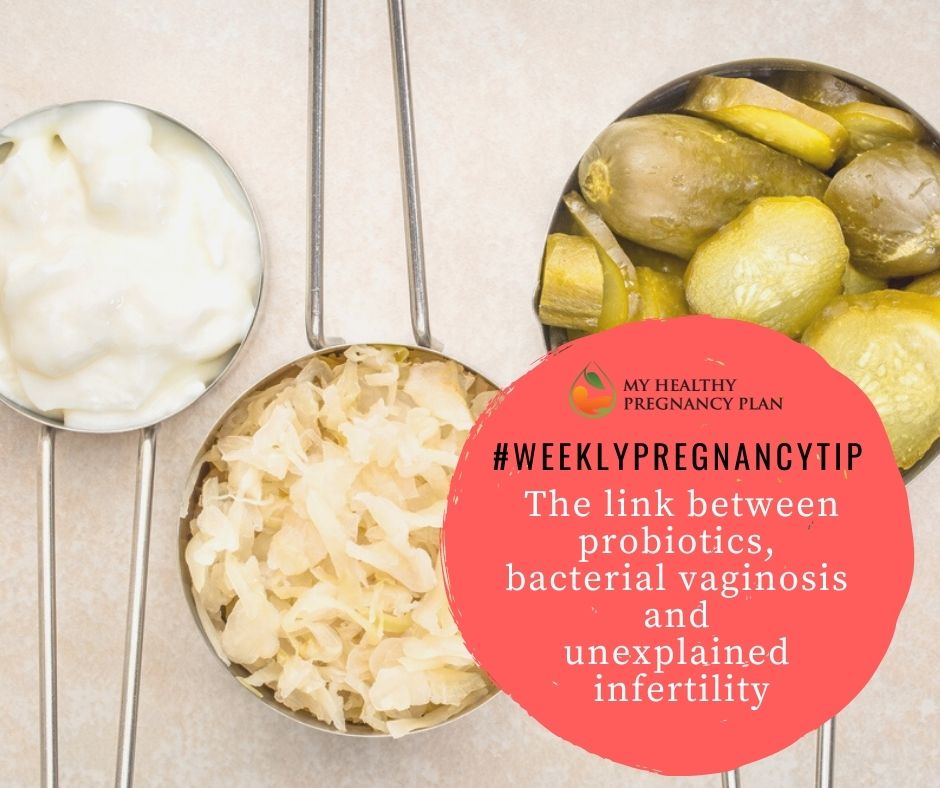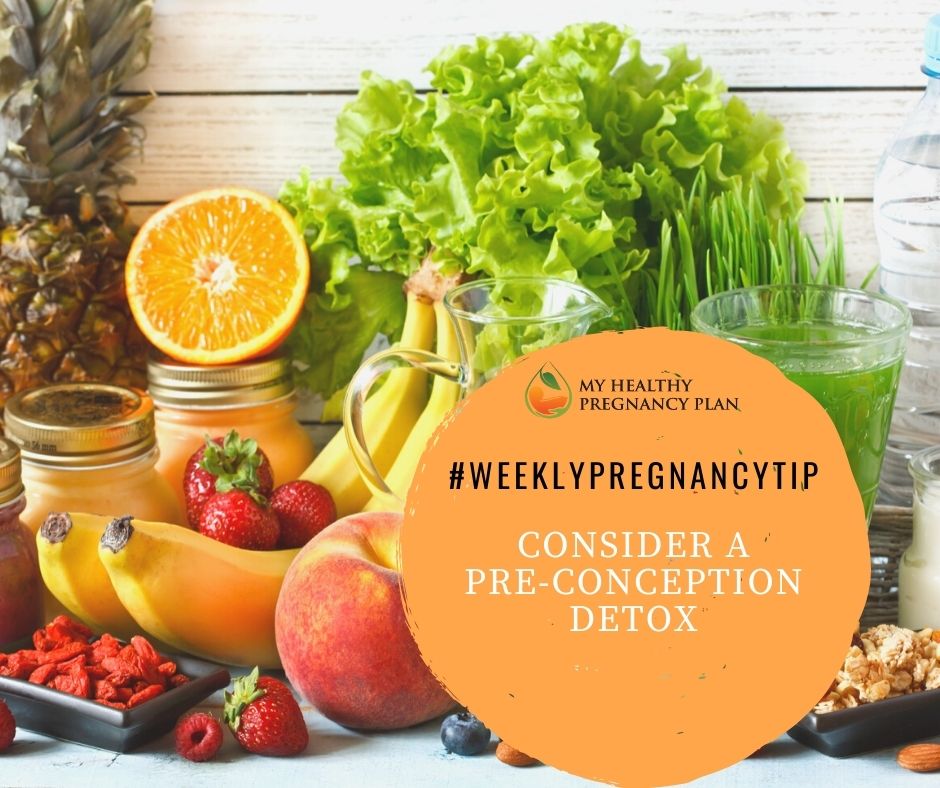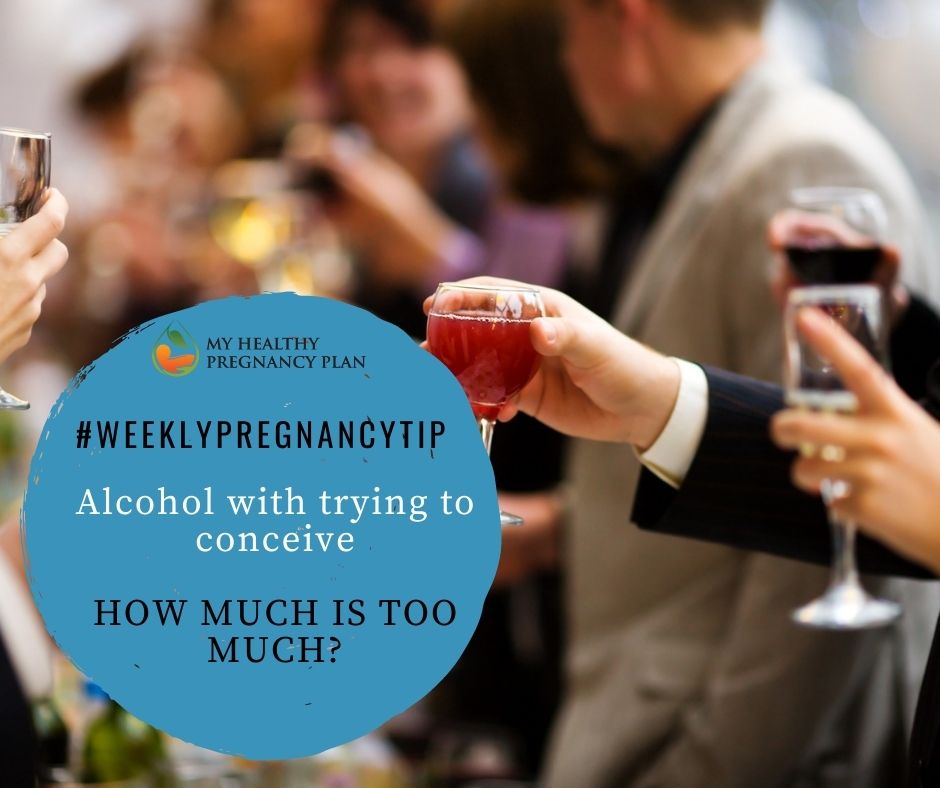The research on fertility and pregnancy nutrition can be overwhelming. There are so many nutrients to focus on, superfoods to try to include, and macronutrients to balance. However, a new study has brought together some simple advice based on offspring neurological development: consume high...
Read More
Probiotics, BV and unexplained infertility
Bi-weekly pregnancy tip
Ensuring a healthy vaginal microbiome continues to gain importance in the treatment of infertility, and also in improving success rates of IVF treatments. In an earlier post I wrote about the 2019 Dutch study that explored benefits of supplementing with probiotics in preparation for...
Read More
COVID-19 and male fertility
Bi-weekly pregnancy tip
As we continue to learn more about the disease process for Covid-19, we are understanding more about the breadth of inflammatory reactions the virus can cause in the human body, including impacts on male fertility. A 2021 cohort study has shown that covid infection...
Read More
Pre-conception Detox: Is it worth it?
Bi-weekly pregnancy tip
“Detox” is a popular health buzzword these days, and for good reason. When it comes to pre-conception work, there is significant evidence to support its use in the months prior to planning to conceive. A 2005 Environmental Working Group study found an average of...
Read More
Alcohol with trying to conceive – how much is too much
Bi-weekly pregnancy tip
In this post I briefly discuss the emerging research on cannabis use and male fertility. Alcohol intake is another question I get asked about a lot, especially from my male fertility patients. Unfortunately, there is considerable research that also links heavy alcohol use with reduced sperm...
Read More
Fertility Awareness Part Two: Making FAM work for you
Bi-weekly pregnancy tip
In this last post, I explained the three key fertility signs used to predict peak fertility days in Toni Weschler’s Fertility Awareness Method (FAM), which I use routinely in my clinical practice. The difference between FAM and the rhythm/calendar method, which assumes ovulation happens...
Read More
Fertility Awareness Part One: Three Signs You Are Ovulating
Bi-weekly pregnancy tip
Understanding if and when you are ovulating is one of the most important pieces of the fertility puzzle. In my clinic I routinely show my patients how to learn more about their hormones and their fertile window by using Toni Weschler’s Fertility Awareness Method...
Read More
Biological clock – not just for women
Bi-weekly pregnancy tip
As I mentioned in this post, advanced age for both men and women is a relevant factor in increasing rates of infertility. Most women are familiar with the concept of a “biological clock,” and I often have women come to my clinic in their...
Read More
Temperature matters – the impact of scrotal temperature increases on sperm production
Bi-weekly pregnancy tip
Just as the male comprises half of the team when it comes to conception, male causes for infertility are found in 50 per cent of infertile couples – it may be one or a combination of low sperm concentration, poor sperm motility, or abnormal...
Read More
The epidemic of infertility
Bi-weekly pregnancy tip
Whether from stigma, embarrassment or shame, couples’ challenges with fertility and infertility are far too rarely discussed in the open. Because they hear so little about their peers’ challenges, my patients are always surprised to hear how common it is to experience fertility challenges...
Read More











